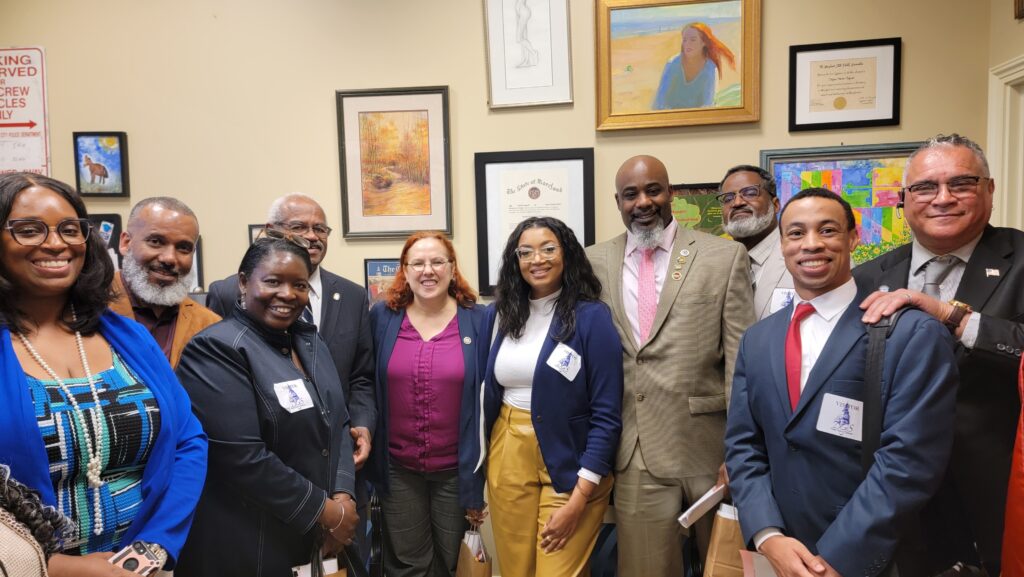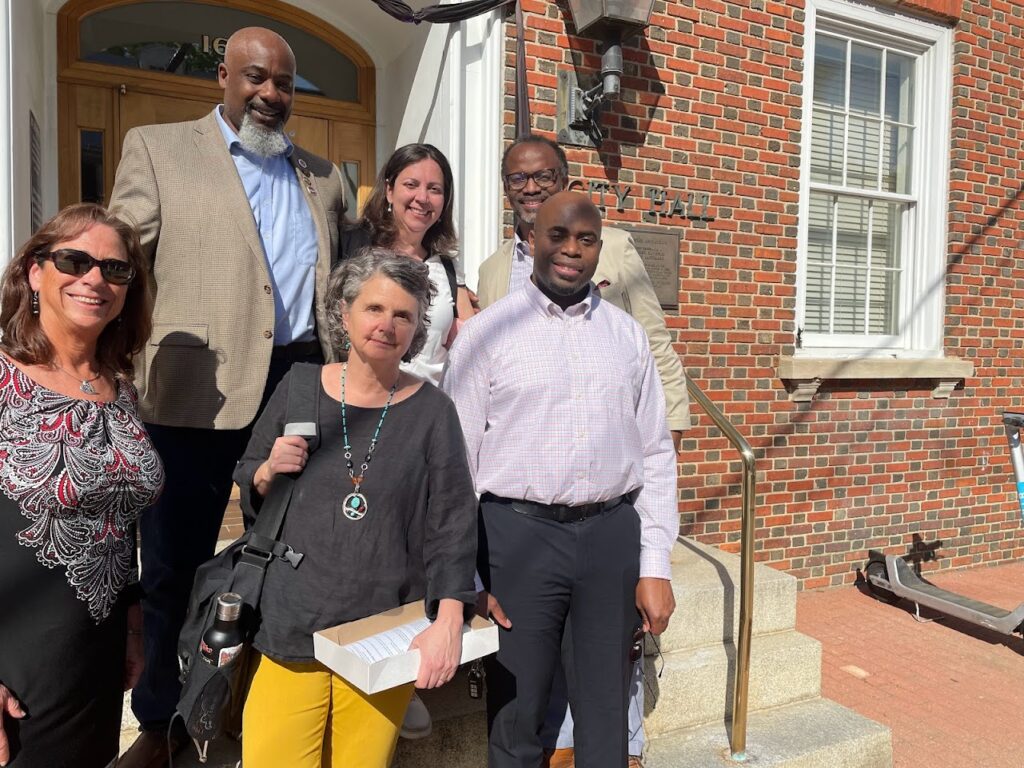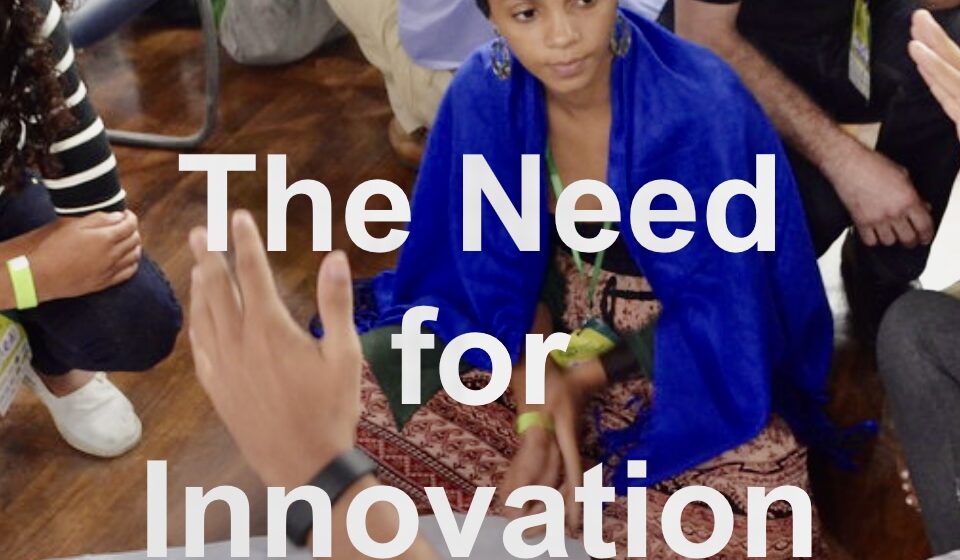
We have known for decades and even centuries what neglect can do to development. What
researches have recently discovered is that isolation is a perceive factor also and can affect the
brain development.
The brain’s basic architecture is laid down genetically before birth, and individual experiences
after birth shape what happens to our brain circuitry. The input the brain receives guides its
development, and social interaction plays a very, very important role. When children feel alone,
They don’t know how to have relationships with anybody In addition to trouble communicating
with adults and peers, the children who stayed in this feeling have reduced brain activity, along
with decreased grey and white brain matter, below-normal IQ scores (averaging 66), impaired
memory and executive function, and high rates of behavioral and emotional problems. On the
other hand, the research also shows that some of these harmful effects can be reversed, or at
least lessened, if children are removed from stifling environments by roughly age 2. when a
child feels abandonment of any kind they will start to form the survival part of the brain to protect
itself. The door to recovery doesn’t shut at 2, but the longer one waits to improve a child’s
surroundings, the harder it is to get them back on track.
The success of our societies rests on the healthy development of its children, There is an in a
2019 article in Neural Plasticity about the consequences of early psychosocial deprivation.
“Steps can and should be taken to ensure all children have the opportunity to live up to their
developmental potential.”
The steps is what gets political from state leaders to the boards of education and what
continues to happen is our children are being neglected by our systematic approaches to
educational and developmental disagreements.
The quest is love and understanding the power of love. In addition to positive feelings, love also
deactivates the neural pathway responsible for negative emotions, such as fear and social
judgment. These positive and negative feelings involve two neurological pathways. The one
linked with positive emotions connects the prefrontal cortex to the nucleus accumbens, while the
other, which is linked with negative emotions, connects the nucleus accumbens to the
amygdala. When we are engaged in actions of love, the neural machinery responsible for
making critical assessments of other people, including assessments of those with whom we are
involved, shuts down. “That’s the neural basis for the ancient wisdom ‘love is blind’,” To change
our brain to be be active from adverse states is to build and environment where the brain can be
nurtured to a healthy state to be able to learn and have a chance to create.

https://www.newvillageacademyannapolis.org/
Childhood trauma can have lasting effects on a person’s physical and mental health, and this is especially true for Black children who experience trauma due to systemic racism and discrimination. The neuroscience behind trauma helps us understand how it affects the brain and body, and how we can develop resilience in children who have experienced trauma.
Trauma can be defined as an event or series of events that overwhelm a person’s ability to cope, and it can have a significant impact on a child’s brain development. The brain is constantly adapting to its environment during childhood, and traumatic experiences can disrupt this process, leading to long-term changes in brain structure and function.
Studies have shown that trauma can cause a decrease in the size of the hippocampus, a brain region important for memory and learning. Trauma can also lead to an increase in activity in the amygdala, a brain region involved in fear and anxiety. These changes can lead to difficulties with emotional regulation, attention, and memory, as well as an increased risk for mental health issues such as depression, anxiety, and post-traumatic stress disorder (PTSD).
Black children are disproportionately exposed to trauma due to systemic racism and discrimination, including experiences such as police brutality, racial profiling, and microaggressions. These experiences can have a cumulative effect over time, leading to chronic stress and trauma that can impact their physical and mental health.
In order to address the impact of trauma on Black children, it is important to develop strategies for building resilience. Resilience can be defined as the ability to adapt and recover from adversity, and it is a key factor in protecting against the negative effects of trauma.
One approach to building resilience is through supportive relationships with caring adults. Research has shown that children who have at least one stable and supportive adult in their lives are more likely to develop resilience and recover from trauma. This can be a parent, teacher, coach, or other trusted adult who provides emotional support, guidance, and positive role modeling. Help us change they way the system is killing our humanity.
Written By: Dr. Paul W Dyer



